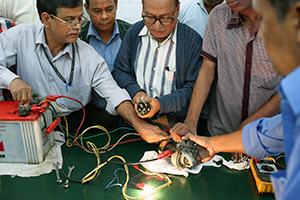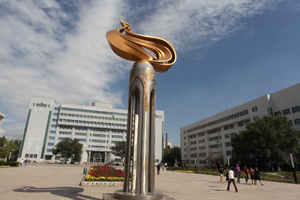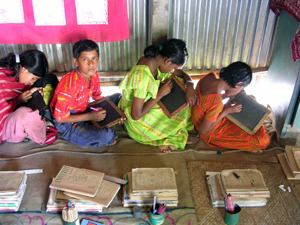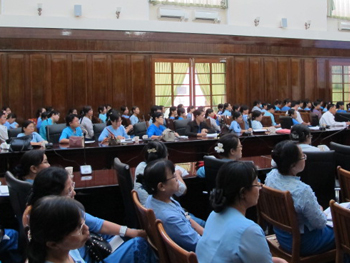Benefits of education and training for SMEs in Asia
The importance of small and medium-sized enterprises (SMEs) to economies in Asia is well known. They account for over 95% of all businesses, a third to half of aggregate output, and the majority of enterprise employment (Vandenberg, Chantapacdepong, and Yoshino 2016). We also know that SMEs do not have an easy life. They struggle to get established, face a higher failure rate than large firms, and lack access to key inputs such as finance. Finding ways to increase their survival rate and growth is important for expanding private sector activity in Asia’s developing economies. Sustaining enterprises requires that they are competitive; competitiveness, in turn, is based on productivity.










